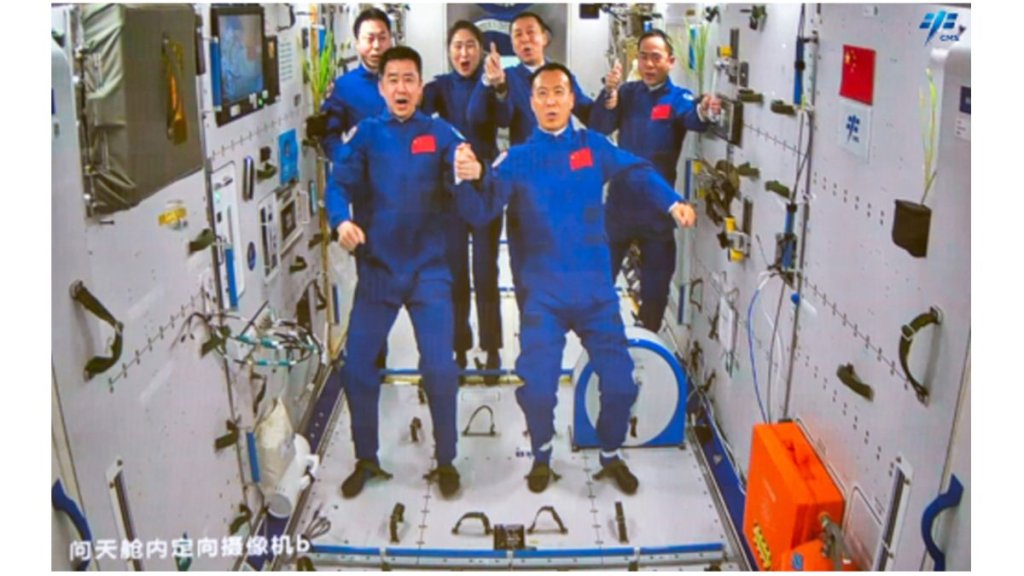China plans to launch a pair of crewed missions to its new space station this year, with supplies also heading to orbit on a Tianzhou cargo ship.
The China Manned Space Agency (CMSA) announced (opens in new tab) on Wednesday (Feb. 15) that it plans to launch the Shenzhou 16 crew mission to the newly operational Tiangong space station in May, with Shenzhou 17 following nearly six months later, in October.
Each Shenzhou crew spacecraft will carry three astronauts, whose identities usually remain secret until the day before their launch on a Long March 2F rocket from Jiuquan Satellite Launch Center in the Gobi Desert.
Related: The latest news about China’s space program
The robotic Tianzhou 6 freighter will also launch in May to deliver supplies and propellant to Tiangong ahead of the astronaut missions. That mission will launch from China’s coastal spaceport on Hainan island on a Long March 7 rocket.
China has previously launched a Tianzhou cargo craft just before each Shenzhou mission heads to Tiangong. However, Tianzhou’s manufacturer, the China Academy of Space Technology, has expanded (opens in new tab) the cargo capacity of its pressurized segment by about 1,100 pounds (500 kilograms), meaning China now needs to launch just three supply missions every two years instead of four.
CMSA is also soliciting (opens in new tab) designs for patches for the missions in a space outreach effort. China’s space authorities have previously held contests to name spacecraft, including its Yutu lunar rover and Zhurong Mars rover.
Tiangong is currently hosting the Shenzhou 15 crew, who are nearly halfway through their 180-day stay. The crew will greet the arrival of Tianzhou 6 and Shenzhou 16, handing over control to the new crew before landing at the Dongfeng landing area near Jiuquan days later.
The Shenzhou 15 astronauts recently conducted their first spacewalk to attach new equipment to the outside of the space station.
Follow us on Twitter @Spacedotcom (opens in new tab) and on Facebook (opens in new tab).

